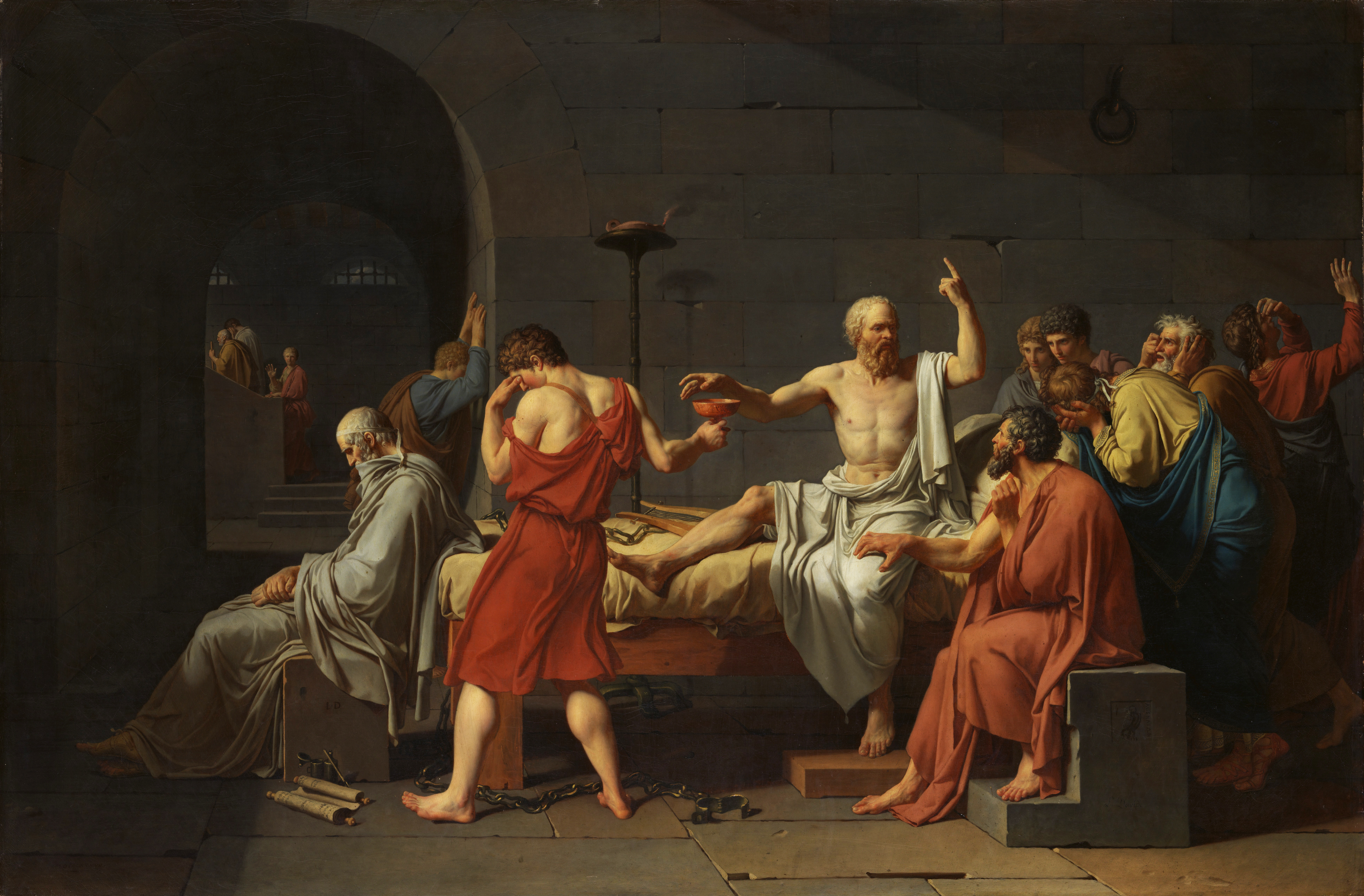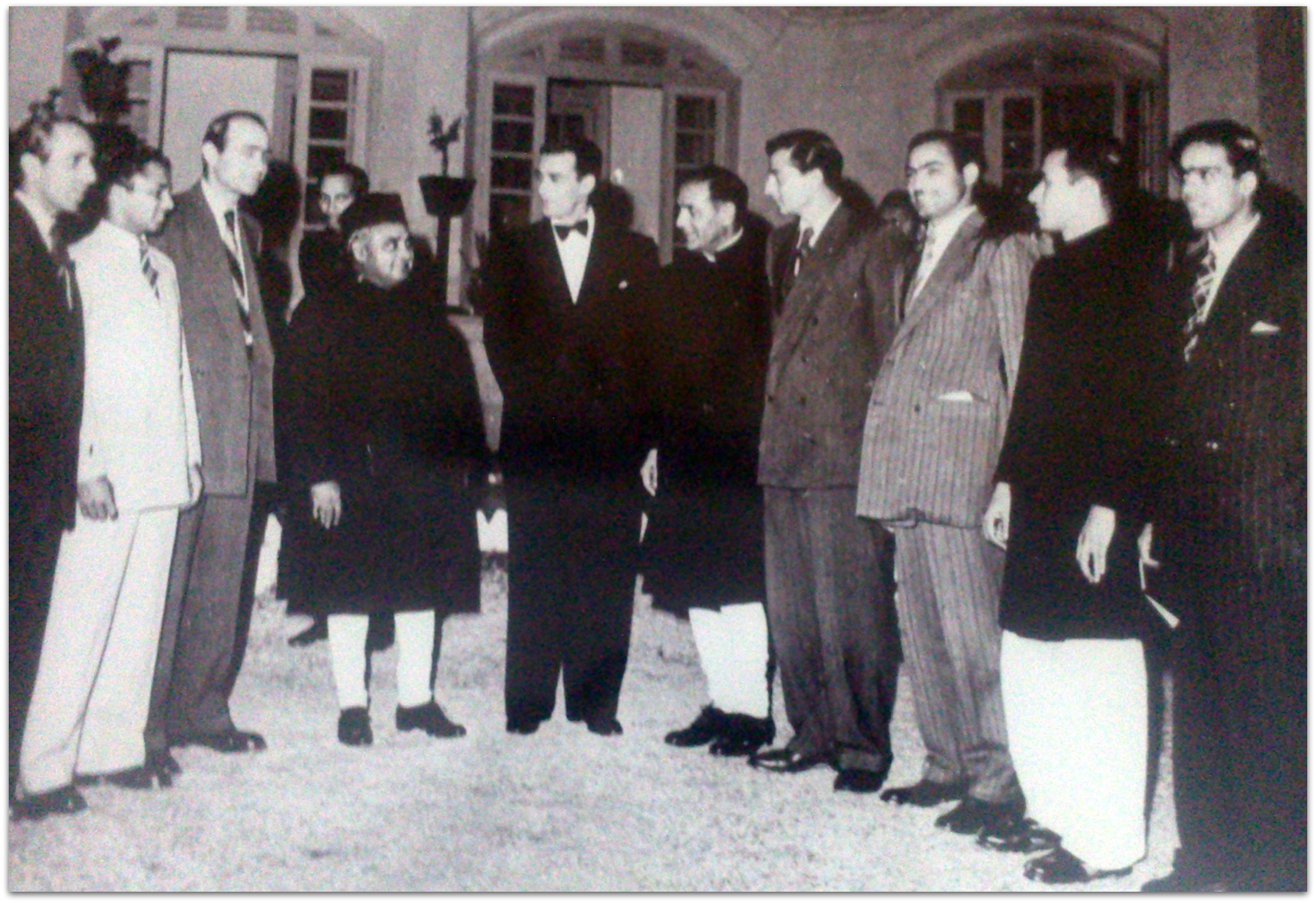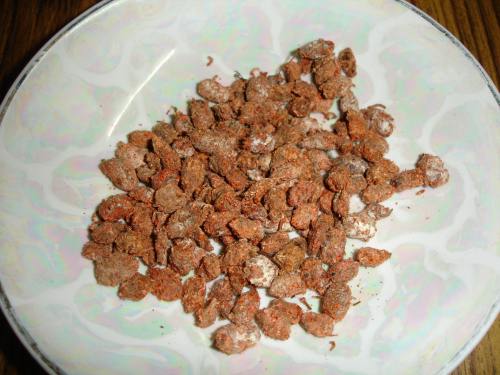|
Hakim Habibur Rahman
Hakim Habibur Rahman (, ; 23 March 188123 February 1947) was an ''Unani'' physician, litterateur, journalist, politician and chronicler in early 20th-century Dhaka. Rahman was a close associate of Nawab Sir Khwaja Salimullah of the Dhaka Nawab Family. His two chronicles of Dhaka, ''Asudegan-e-Dhaka'' and ''Dhaka Panchas Baras Pahle'', remain important primary source material for researchers working on Dhaka. His wide collection of manuscripts, coins, weapons and artefacts is preserved at the Dhaka University Library as the ''Hakim Habibur Rahman Collection''. The Hakim Habibur Rahman Lane carries his name near his birthplace, the '' Choto Katra'', a landmark in the old part of Dhaka. Early life and family Habibur Rahman was born on 23 March 1881 to a Sunni Muslim family of '' hakims'' in the Choto Katra ''mahalla'' of Dacca, Bengal Presidency. His father was an ''akhund'' and physician, and his ancestors had arrived to Bengal from Afghanistan. Medical career Habibur Rahman trai ... [...More Info...] [...Related Items...] OR: [Wikipedia] [Google] [Baidu] |
Hakim (title)
and are two Arabic titles derived from the same triliteral root Ḥ-K-M "appoint, choose, judge". Hakīm (حكيم) This title is one of the 99 Names of God in Islam. Hakīm (alternative transcription Hakeem) indicates a "wise man" or "physician", or in general, a practitioner of herbal medicine, especially of Unani and Islamic medicine, like Hakim Ajmal Khan, Hakim Said, Hakim Syed Zillur Rahman, etc. Hakīm or Hakeem (, ) is also used for practitioner of Eastern medicine, those versed in indigenous system of medicines. Hakīm was also used more generally during the Islamic Golden Age to refer to polymath scholars who were knowledgeable in religion, medicine, the sciences, and Islamic philosophy. Some examples of hakīm are: * Ibn Sina * Omar Khayyam Uses * In old Abyssinia or Ethiopia, ''Hakim'' usually meant a learned person, usually a physician. Hence a ''Hakim-Bejt'' was a doctor's house or hospital. * In Bangladesh, India and Pakistan, ''Hakim'' or ''Ha ... [...More Info...] [...Related Items...] OR: [Wikipedia] [Google] [Baidu] |
Kanpur
Kanpur (Hindustani language, Hindustani: ), originally named Kanhapur and formerly anglicized as Cawnpore, is the second largest city of the Indian States and union territories of India, state of Uttar Pradesh after Lucknow. It was the primary financial and commercial centre of North India, northern India. Founded in the year 1207 by Rajput ruler Raja Kanh Deo, Kanpur became one of the most important commercial and military stations of British Raj. Kanpur had been the major financial and industrial centre of northern India and also the ninth-largest urban economy in India. Today it is famous for its colonial architecture, gardens, sweets, dialect, and high-quality leather, plastic and textile products which are exported mainly to the Western world, West. The city is home to historical monuments such as the Jajmau Ghat which dates back to the 17th century AD. Kanpur is also home to several historical sites such as the Kanpur Sangrahalaya, Kanpur Museum, Bhitargaon Temple, Europea ... [...More Info...] [...Related Items...] OR: [Wikipedia] [Google] [Baidu] |
Socrates
Socrates (; ; – 399 BC) was a Ancient Greek philosophy, Greek philosopher from Classical Athens, Athens who is credited as the founder of Western philosophy and as among the first moral philosophers of the Ethics, ethical tradition of thought. An enigmatic figure, Socrates authored no texts and is known mainly through the posthumous accounts of classical writers, particularly his students Plato and Xenophon. These accounts are written as dialogues, in which Socrates and his interlocutors examine a subject in the style of question and answer; they gave rise to the Socratic dialogue literary genre. Contradictory accounts of Socrates make a reconstruction of his philosophy nearly impossible, a situation known as the Socratic problem. Socrates was a polarizing figure in Athenian society. In 399 BC, he was accused of Asebeia, impiety and corrupting the youth. After Trial of Socrates, a trial that lasted a day, he was sentenced to death. He spent his last day in prison ... [...More Info...] [...Related Items...] OR: [Wikipedia] [Google] [Baidu] |
Bangladesh National Museum
The Bangladesh National Museum (), is the national museum of Bangladesh. The museum is well organized and displays have been housed chronologically in several departments like department of ethnography and decorative art, department of history and classical art, department of natural history, and department of contemporary and world civilization. The museum also has a rich conservation laboratory. Nalini Kanta Bhattasali served as the first curator of the museum during 1914–1947. History Bangladesh National Museum was originally established on 20 March 1913, albeit under another name (Dacca Museum), and formally inaugurated on 7 August 1913 by The Lord Carmichael, the governor of Bengal. In July 1915 it was handed over to the Naib Nazim of Dhaka. Bangladesh National Museum was formed through the incorporation of Dhaka museum and it was made the national museum of Bangladesh on 17 November 1983. It is located at Shahbag, Dhaka. It has several publications from 1978, first ... [...More Info...] [...Related Items...] OR: [Wikipedia] [Google] [Baidu] |
Bachelor Of Unani Medicine And Surgery
Bachelor of Eastern Medicine and Surgery (BEMS) or Bachelor of Unani Medicine and Surgery (BUMS) is a bachelor's degree in Unani medicine and surgery awarded upon graduation from medical school by universities in Pakistan, India, Bangladesh, Sri Lanka and in South Africa as BCM Complementary Medicine: Unani Tibb. In Pakistan It is a form of Oriental medicine launched for the first time at the Hamdard University Hamdard University () is a private research university with campuses in Karachi and Islamabad, Pakistan.Islamia University in Pakistan. Admission to 5-yearly BEMS degree/classified program/course is purely based on FSC (Pre-Medical). Internship Bachelor of Eastern Medicine and ... [...More Info...] [...Related Items...] OR: [Wikipedia] [Google] [Baidu] |
Urdu
Urdu (; , , ) is an Indo-Aryan languages, Indo-Aryan language spoken chiefly in South Asia. It is the Languages of Pakistan, national language and ''lingua franca'' of Pakistan. In India, it is an Eighth Schedule to the Constitution of India, Eighth Schedule language, the status and cultural heritage of which are recognised by the Constitution of India. Quote: "The Eighth Schedule recognizes India's national languages as including the major regional languages as well as others, such as Sanskrit and Urdu, which contribute to India's cultural heritage. ... The original list of fourteen languages in the Eighth Schedule at the time of the adoption of the Constitution in 1949 has now grown to twenty-two." Quote: "As Mahapatra says: "It is generally believed that the significance for the Eighth Schedule lies in providing a list of languages from which Hindi is directed to draw the appropriate forms, style and expressions for its enrichment" ... Being recognized in the Constitution, ... [...More Info...] [...Related Items...] OR: [Wikipedia] [Google] [Baidu] |
Muntassir Mamoon
Muntasir Mamoon (born 1951) his full name is Muntasir Uddin Khan Mamun, he is a Bangladeshi writer, historian, scholar, secularist, translator, and professor at University of Dhaka. He was awarded Bangla Academy Literary Award and Ekushey Padak by the government of Bangladesh. Early life and education Mamoon was born in 1951. He earned his M.A. and Ph.D. degree from the Department of History of the University of Dhaka. Career Mamoon mainly worked on the historical city of Dhaka. He wrote several books about this city, took part in movements to protect Dhaka. Among his historical works on 1971 is his ''Sei Sob Pakistani'', in which many interviews with leading Pakistanis was published. Most of them were the leading Pakistani characters during the liberation war of Bangladesh. In 2009, Mamoon and General KM Safiullah filed a petition with the Bangladesh High Court asking it to direct the government to maintain the historic locations at Suhrawardy Udyan and all over Bangladesh. Ju ... [...More Info...] [...Related Items...] OR: [Wikipedia] [Google] [Baidu] |
Sardari System
The Sardari system () refers to the panchayat system used in the city of Dhaka (present-day Bangladesh) from the second half of the nineteenth century. The system developed during under the Nawabs of Dhaka. In this state-recognised practice, a five-member committee was formed in each mahalla of the city, consisting of local influential Muslims who would take care of the minor issues of the mahalla. The chief of the mahalla committee was referred to as the Sardar. The Sardar was appointed for life, and after his death, his son was usually the next Sardar. The Nawab of Dhaka used to give approval and formal recognition to the family panchayat committee. History Although the exact date of the introduction of the Sardari system is not known, many believe that it started during the Mughal rule and then developed during the British Raj. The British government recognised the Sardari system after the introduction of the Nawab of Dhaka, in order to maintain the social order of the Dhaka m ... [...More Info...] [...Related Items...] OR: [Wikipedia] [Google] [Baidu] |
East Bengal
East Bengal (; ''Purbô Bangla/Purbôbongo'') was the eastern province of the Dominion of Pakistan, which covered the territory of modern-day Bangladesh. It consisted of the eastern portion of the Bengal region, and existed from 1947 until 1955, when it was renamed as East Pakistan. East Bengal had a coastline along the Bay of Bengal to the south, and bordered India to the north, west, and east and shared a small border with Burma (presently known as Myanmar) to the southeast. It was situated near, but did not share a border with Nepal, Tibet, the Kingdom of Bhutan and the Kingdom of Sikkim. Its capital was Dacca, now known as Dhaka. The Partition of India, which Partition of Bengal (1947), divided Bengal along religious lines, established the borders of the Muslim-majority area of East Bengal. The province existed during the reign of two monarchs, George VI and Elizabeth II; and three Governor General of Pakistan, governors-general, Muhammad Ali Jinnah, Khawaja Nazimuddin and ... [...More Info...] [...Related Items...] OR: [Wikipedia] [Google] [Baidu] |
British Raj
The British Raj ( ; from Hindustani language, Hindustani , 'reign', 'rule' or 'government') was the colonial rule of the British The Crown, Crown on the Indian subcontinent, * * lasting from 1858 to 1947. * * It is also called Crown rule in India, * * * * or direct rule in India. * Quote: "Mill, who was himself employed by the British East India company from the age of seventeen until the British government assumed direct rule over India in 1858." * * The region under British control was commonly called India in contemporaneous usage and included areas directly administered by the United Kingdom of Great Britain and Ireland, United Kingdom, which were collectively called ''Presidencies and provinces of British India, British India'', and areas ruled by indigenous rulers, but under British British paramountcy, paramountcy, called the princely states. The region was sometimes called the Indian Empire, though not officially. As ''India'', it was a founding member of th ... [...More Info...] [...Related Items...] OR: [Wikipedia] [Google] [Baidu] |
Unani Medicine
Unani or Yunani medicine (Urdu: ''tibb yūnānī'') is Perso-Arabic traditional medicine as practiced in Muslim culture in South Asia and modern day Central Asia. Unani medicine is pseudoscientific. The term '' Yūnānī'' means 'Greek', referring to the fact that the Perso-Arabic system of medicine was based on the teachings of the Greek physicians Hippocrates and Galen. The Hellenistic origin of Unani medicine is still visible in its being based on the classical four humours: phlegm (), blood (''dam''), yellow bile (''ṣafrā'') and black bile (''saudā), but it has also been influenced by Indian and Chinese traditional systems. History Arab and Persian elaborations upon the Greek system of medicine by figures like Ibn Sina and al-Razi influenced the early development of Unani. Unani medicine interacted with Indian Buddhist medicine at the time of Alexander's invasion of India. There was a great exchange of knowledge at that time which is visible from the simi ... [...More Info...] [...Related Items...] OR: [Wikipedia] [Google] [Baidu] |





